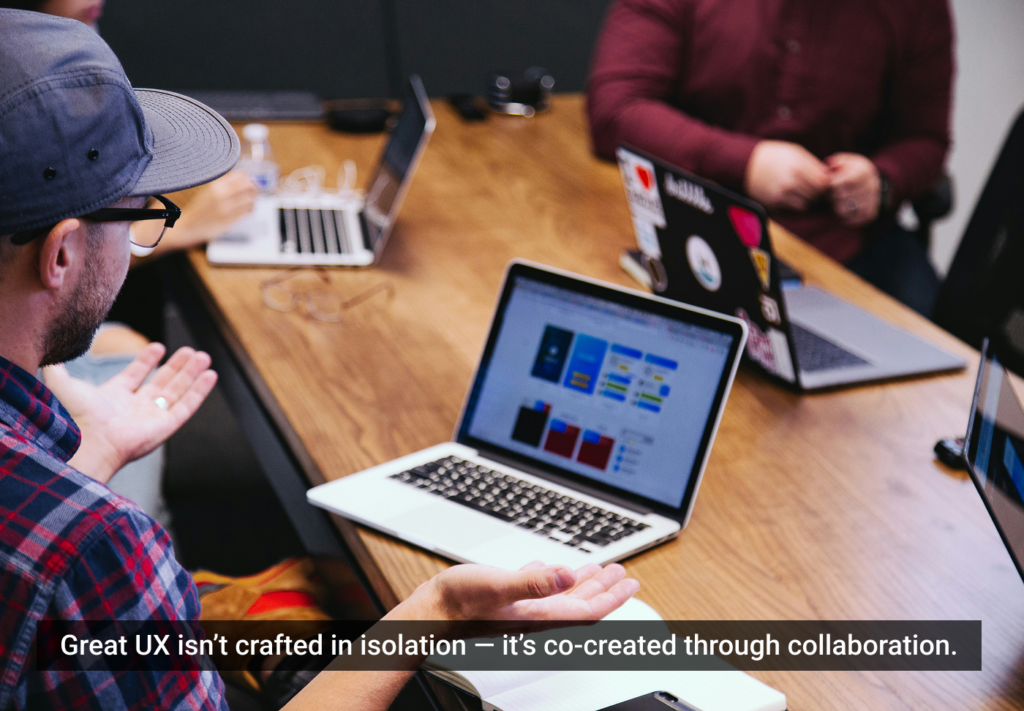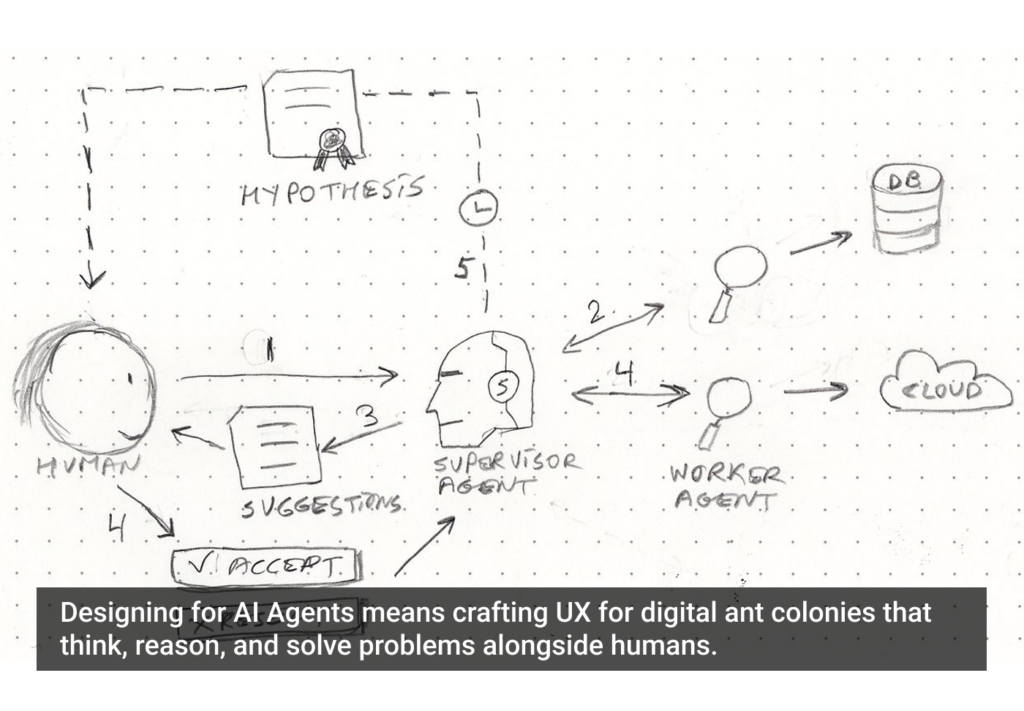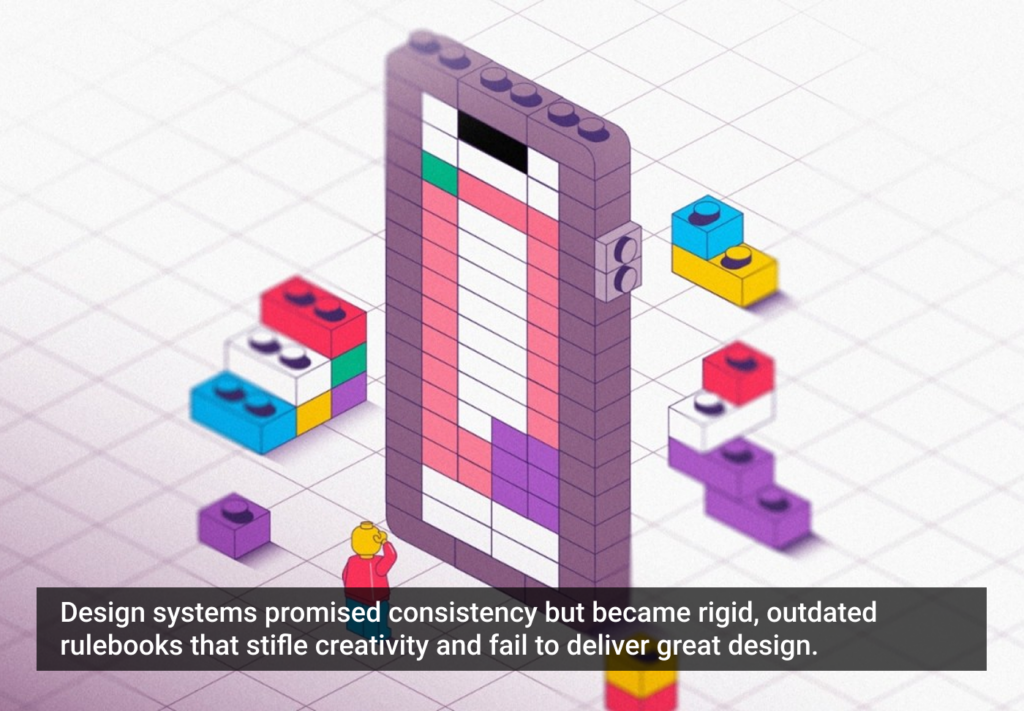There’s no doubt that digital design has grown in leaps and bounds over the last five years, and service design even more so. The merging of user experience, customer experience, interaction design, and creative technology has contributed to the greater good, and helped form robust rules, patterns, and a user interface language that people have come to recognize. Yet I can’t help feeling that something has died along the way.
Fire up your Mac, tablet, or mobile device and you’re faced not only with similar apps promising to offer the same service, but also the same interaction paradigms and UI kits downloaded from the Internet. Why is this? Is it because of laziness, pressure from the client to deliver, or an “if it ain’t broke don’t fix it” mentality? It’s probably all or some of these factors at different points, but perhaps the main reason we’re seeing the same thing everywhere is that we don’t always give users the credit they deserve, especially when it comes to finding their way around a UI.
Don’t get me wrong, I’m all for making it easier for the user—not quite Steve Krug’s “Don’t make me think,” but no site or digital service should be so ambiguous that nobody knows how to use it. Instead, it should make the user think just enough to keep them engaged. Delight can come not just from the content, but also how it is displayed and navigated.
A good example of how we should all be thinking is Clear, a to-do list app with no content apart from what the user decides to type in. No pictures. No video. Just lists, based solely on the use of gestures and haptic feedback; swipe right to add an item or left to clear, pull down to add an item, pinch apart two items to insert an item in between, pinch together to close the current list and view all lists. The app doesn’t even entertain buttons or navigation in the UI sense, yet it’s still easy to use and has personality. It uses very little and delivers a lot. As humans we love getting something right, especially if we’ve found it ourselves.
Apps like Clear show us that the marriage of UI design and interaction design will set the world alight. We don’t need to choose one over the other. It’s time to start pushing the limits of learned interaction patterns, paradigms, and visual language and trust the user to embrace new UI experiences. If it doesn’t fit, change it. If it doesn’t exist, invent it. And don’t copy for the sake of copying. Just make sure you remember your craft, and keep it simple enough that users can learn.
According to Constance Hale, “Shakespeare coined new words when he needed—or merely wanted—them.” He didn’t settle for words that didn’t do the job. Instead, he created new ones, ones that tested the understanding of his listeners, ones that would need to be accepted and learned, “swagger” and “rant” being two of my favorites.
As designers we should see ourselves as Shakespeare, challenging and pushing the digital language, and encouraging interaction designers and visual designers to become “star crossed lovers.” Don’t be frightened of making people learn just a little, it’s what keeps our curiosity alive.
Image of asteroid collision courtesy Shutterstock.







